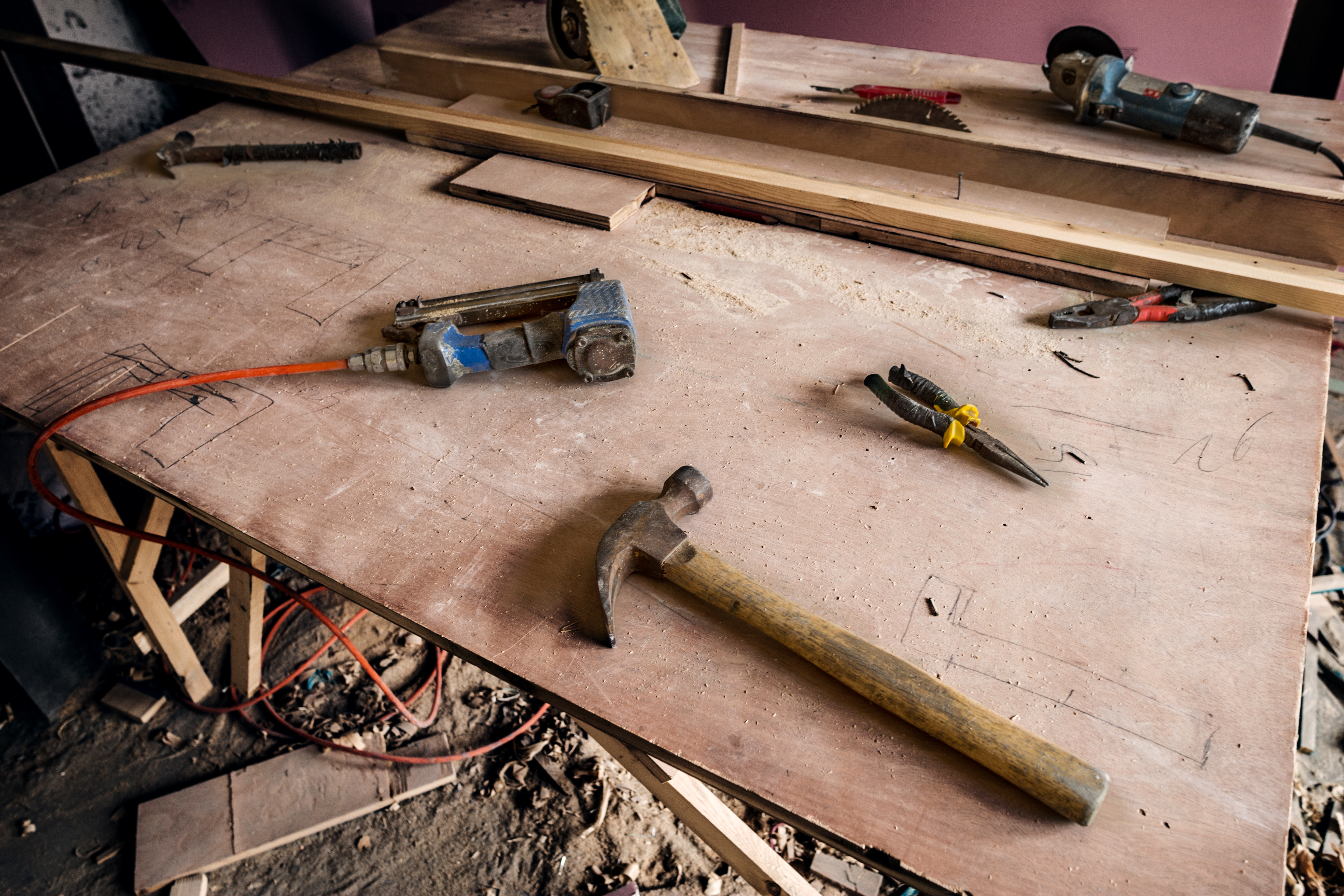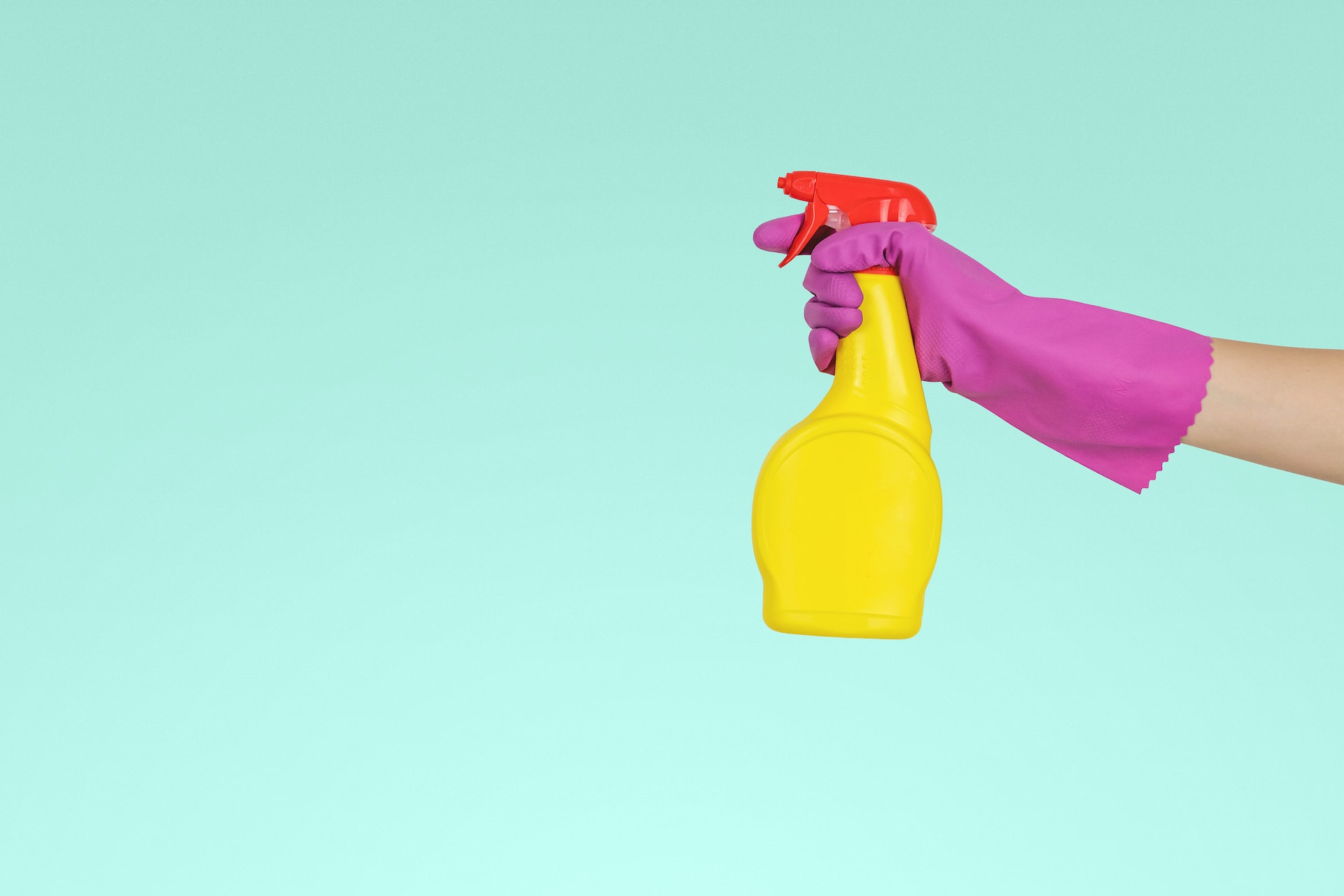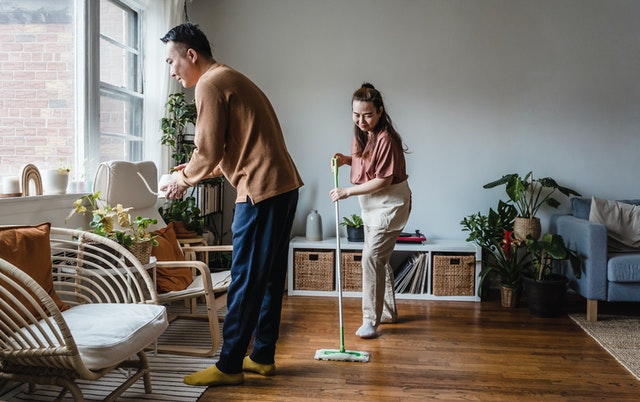The home improvement projects you often do around the house, like painting, gardening, or redecorating, create a lot of waste. Whether it’s leftover paint or lumber, old lawn fertilizer or plastic garden pots, the remnants of a recent home improvement project can take its toll on your garbage bin and the environment. What you might not know is that much of this waste causes environmental issues and should be taken to the correct waste facility.
When it comes to improving the home, everyone has the power to make a positive difference to our environment and the life that lives on our planet. Here are some common materials and issues homeowners have difficulty throwing away, or knowing what to do with once the home improvement project is complete.
Paint
Paint and paint supplies can quickly add clutter to your garage or storage area. It’s a smart idea to hold on to leftover paint in case you need to match colors or touch up paint later. But if you discover old paint, dried up paint, or you simply don’t want your leftovers, you need to dispose of them properly. Most states haven’t designated latex paint as hazardous, so as long as the paint is dry you can put it in your garbage can. If leftover paint is still in a liquid state, put shredded newspaper or kitty litter in the can to absorb the liquid. Or let the paint dry on its own (be sure to keep it out of the reach or children or pets while it’s drying). Oil-based paints are considered hazardous and should be disposed of at your local hazardous waste center. Be smart and make sure you purchase the correct amount of paint or paint disposals, for every project so you don’t have a lot of waste once the project is over.
How To Budget For Your Painting Project
Flammable or hazardous materials
Every household has flammable, hazardous or caustic materials that should be stored safely in between uses. But when you are done using them, you need to dispose of the containers properly. Paint thinner, bleach, pesticides, drain cleaner, oven cleaners, and aerosols are just some of the most common hazardous materials in your home. None of these should be thrown away in your garbage can or poured down the drain. You probably also have hazardous materials in need of disposal, like CFL light bulbs, thermometers, metals, batteries, or caustic materials. Your local city or county should have a hazardous waste collection site which can help you dispose of these materials properly. You can also try your local hardware store, which may accept old batteries or CFL bulbs.
All About Asbestos: Testing & Removal
Construction materials
There are plenty of ways to responsibly dispose of building materials. If you are tearing out an old kitchen, for example, you can usually donate unwanted cabinets, architectural supplies, windows or appliances to a repurposed building supply company like Habitat for Humanity. Some objects like leftover tile, bricks, pavers, sheetrock or wood could easily be donated to other local school programs or offered up on Freecycle, Craigslist or Ebay. Of course, some materials might be perfect for that next home improvement project too!
Gardening materials
In the garden there are plenty of projects to get done and plenty of rubbish to deal with. Your local Lowe’s store will actually take all of those plastic plant pots, trays and plastic tags and recycle them (if your local recycling center doesn’t take them). Leftover hazardous garden material like fertilizer should be taken to your local hazardous waste center (although solid, non-pesticide types of fertilizers can often be placed in your garbage can). Old plants or tree debris should be put into your compost bin.
Compost
Compost is composed of the remnants of decomposing organic material, like food scraps, sawdust, leaves and grass clippings. Composting on your property, or placing your compostables into a bin to be collected by the city, helps keep unnecessary materials from filling up the landfill. It is estimated that an average person who composts every day can save about 25% of their garbage that ends up in the landfill.
Your yard, specifically the plants, vegetables and trees, love compost material. Compost acts like a nutrient boost in the yard; some gardeners refer to compost as “black gold” because of it’s ability to create healthy and strong plant life. Be sure you keep pesticides and animal products (meat and bones) out of your compost bin and have a healthy balance of greens (like grass clippings, produce scraps, coffee grounds) and browns (such as dried leaves, old flowers, dead plants). Aside from constructing a bin out of wood, or purchasing a pre-made compost container, composting costs nothing. In fact, composting can save you money by lowering your rubbish collection and saving you from needing to purchase expensive compost amendments for your garden.
How To Set Up A No-Cost Compost Pile
Disposable plastic
Disposable plastic is the material used to transport many of the home improvement products and materials you purchase for your house. From the plastic clamshell that contains a new light bulb (and gives you wrap rage) to the plastic bag used to carry it home, disposable plastic can be found everywhere. Most plastic packaging is made from petroleum and is not biodegradable.
Nearly 300 million tons of plastic is made every year, and only 10% is recycled or reused. While you may find a re-use for a plastic bag or container, single-use or disposable plastic is very bad for the environment. First, the plastic manufacturing process emits harmful chemicals into the environment. Second, plastic never goes away, not in the ocean (where hundreds of thousands of marine life struggles against suffocation and death due to plastic), not in the landfill (where chemicals from the plastic leach into the groundwater and affect human health).
Many cities have plastic recycling programs but not all plastics may be accepted. It’s important that you and your family know which types of plastics can be washed and placed in your recycling bin and which plastics should be processed elsewhere. The number you see on the plastic package indicates what the plastic is made of but in order to find out if you can recycle it you’ll need to check with your local recycling station.
Most plastic containers, bags or wrapping has some sort of number that indicates what the plastic material is made of. From that you can figure out how and where to recycle it. Here are what the numbers mean:
#1 PETE or PET: Polyethylene Terephthalate, found in many bottling products like plastic water bottles. Easy to recycle and can be made into many other products
#2 HDPE: High Density Polyethylene, found in milk jugs, laundry jugs, shampoo containers, and cosmetics. Easy to recycle and can be made into many other products
#3 PVC: Polyvinyl Chloride, off gasses chemicals (chloride) and should never be burned. Vinyl windows, PVC piping, vinyl siding and doors may all contain this type of plastic. Check with your local waste company, or the Vinyl Info website, about where you can bring PVC piping or materials for mechanical recycling or reuse.
#4 LDPE: Low Density Polyethylene, found in shopping bags, reusable plastics and plastic wrap. Not all local waste facilities will pick up #4 plastics, so you’ll need to check with your city about where this type of plastic can be delivered. Some grocery stores also accept #4 plastics.
#5 PP: Polypropylene, found in deli containers, furniture, toys. Not all local recycling waste facilities accept #5 plastics however some stores, like Whole Foods, does. You can also mail in your #5 plastics to Preserve, which turns them into other useful products like toothbrushes.
#6 PS: Polystyrene, found in many types of hard packaging like CD cases, egg cartons, and lightweight items like packing peanuts and styrofoam cups. This type of plastic may be prohibited in your recycling bin, so use a drop-off location (this map can help you) to recycle this plastic.
#7 Other: This is a collection of all other types of plastic like acrylic, nylon, BPA, or fiberglass. This is a difficult type of plastic to recycle and can also be confusing, as compostable, plant-based plastics are also lumped into this category. However compostable plastics should also have a “PLA” and can go into your compost bin.
Use These Recycled Plastic Blocks For An Instant Garden
Electronic waste
Electronic waste (also known as “e-waste”) are objects like computers, televisions, cell phones, printers, and other electronics that get thrown into our landfills. It is estimated that the United States throws about about 50 million tons of e-waste every year, with only about 25% of it being responsibly recycled. To properly recycle your old electronics, visit E-Stewards, which holds the highest standards for vetting facilities that properly recycle or refurbish e-waste.
E-waste contains toxic components like lead, mercury and cadmium. The plastic parts are often treated with Brominated Flame Retardants (BFRs), which when burned can release chemicals that damage our central nervous system and can cause neurological disorders. Given the fact that on average we replace our consumer electronics every two years, it’s important to recycle these products appropriately.
These Recycled Tiles Used To Be A Television Set
Additional Resources:
National Resources Defense Council http://www.nrdc.org/
Earth Day http://www.earthday.org/
The Nature Conservancy http://www.nature.org/
The Gold Standard http://www.goldstandard.org/
Verified Carbon Standard http://www.v-c-s.org/
Habitat for Humanity http://www.habitat.org/




